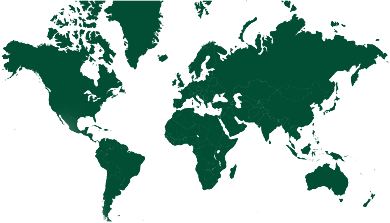Guidelines and manuals
2019 • Eawag-Sandec: Swiss Federal Institute of Aquatic Science and Technology Faecal Sludge Management: Highlights and exercises
This resource provides technical highlights and capacity-building exercises for planning and designing faecal sludge management (FSM) systems with a focus on resource recovery technologies. Chapter 5 specifically explores the design and operation of resource recovery solutions, such as anaerobic digestion, solid fuel production, vermicomposting, black soldier fly larvae treatment, lime stabilization, and ammonia treatment. It is designed for practitioners, trainers, and educators to build skills and knowledge on innovative FSM approaches through practical exercises and technical insights.
Recovered Materials & Products
Solid fuel
Biogas
Compost
Black soldier fly larvae
Waste Streams
Faecal sludge
Confirmed countries
Germany


What is this tool intended for?
The resource focuses on enhancing capacity-building efforts in FSM, particularly on resource recovery technologies. Chapter 5 emphasizes practical exercises for anaerobic digestion, composting, solid fuel production, vermicomposting, fly larvae treatment, and chemical stabilization methods.
How does this tool work?
The resource is structured as a technical manual with learning objectives, theoretical explanations, and exercises for each topic. Practical examples illustrate how technologies can be designed, scaled, and optimized. Chapter 5 features:
- Methane potential estimation for anaerobic digestion.
- Dewatering enhancements using chemical conditioners.
- Solid fuel production pathways, including carbonized and non-carbonized options.
- Design and operational considerations for vermicomposting and black soldier fly larvae treatment.
- Pathogen inactivation methods using lime and ammonia treatment.
Who might use this tool and with which types of stakeholders?
This tool is ideal for practitioners, sanitation engineers, urban planners, and educators. It can be integrated into training programs for government agencies, NGOs, and private sector actors involved in FSM and resource recovery.
What stages of a process can this tool support?
- Capacity building
- Design and simulation
- Planning and decision-making
- Implementation of FSM solutions
What skills, capabilities, and resources are required to use this tool?
Basic knowledge of FSM systems and resource recovery technologies is needed. Exercises are structured for both individual learning and group workshops, requiring standard training settings such as classrooms or online platforms.
Where can this tool be used?
Globally applicable in urban and peri-urban contexts, particularly in low- and middle-income countries where FSM systems and resource recovery are critical for sanitation improvements.
Case examples of where this tool has been used
These exercises have been used in training workshops conducted globally, with the content being adapted for each specific context.
Get the Tool
The guide is open access and available for free download on Eawag’s website using the link provided.
Related MOOC module: https://youtu.be/XcCJouLOR5Y?si=-wWFAoPNQw215jmo
https://www.eawag.ch/en/department/sandec/publications/publikationen-fsm-highlights-and-exercises/
Technologies
Composting
Anaerobic digestion
Vermicomposting
Fly larvae treatment
Lime stabilization
Themes
Design
Capacity building
Operation and maintenance